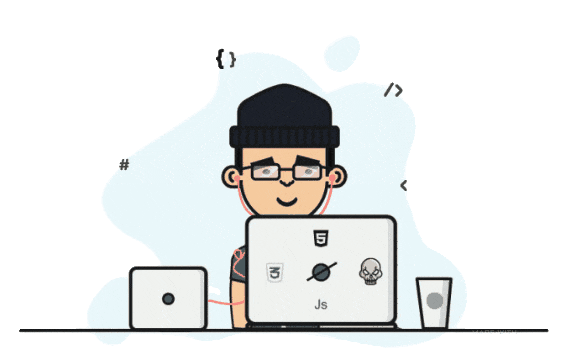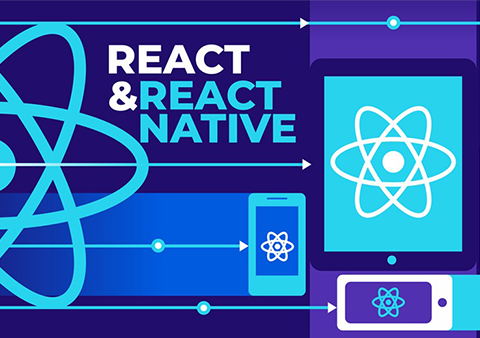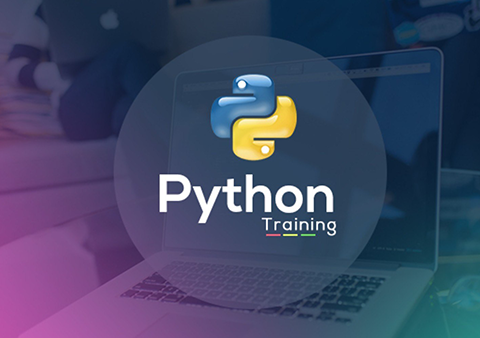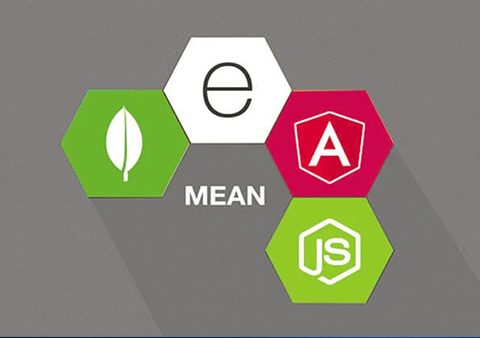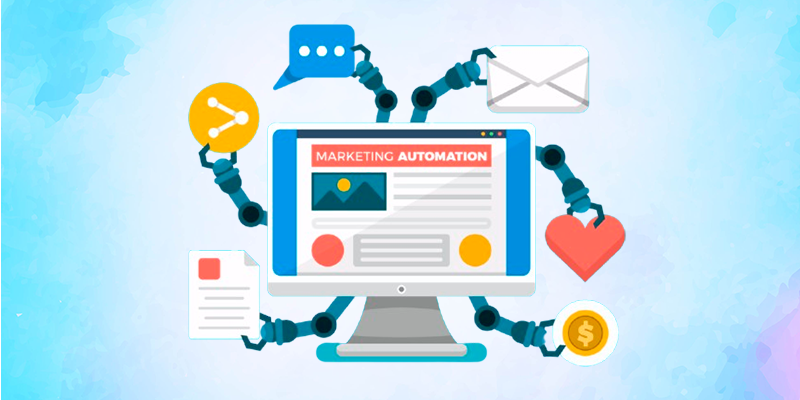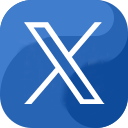Tricky Talks (or TWS Blog)
Tech Talk: Learn, Build, and Grow with Our IT Blog
Roadmap to Becoming a Full-Stack Developer
- Posted By: trickywebsolutions
-
 June 6, 2025
June 6, 2025
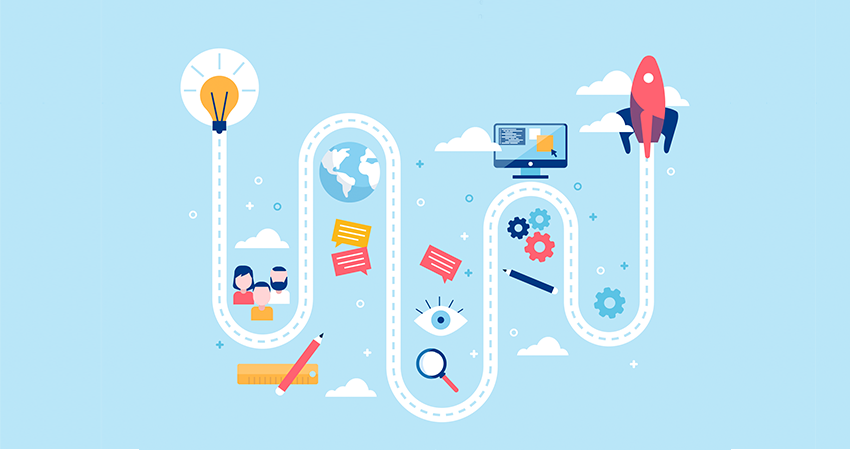
Want to become a web pro who can build websites and applications from scratch? You’re exactly where you need to be! This guide provides a complete roadmap for full stack developer.
Initially, it could be overwhelming to think about how to become full stack developer, whether you have the ability or not, what are the full stack developer skills you need to have, questions like these often arise. Therefore, we have curated this roadmap for full stack developer blog to guide you through the whole process, hoping to clear all your doubts.
How to Become Full Stack Developer: A Roadmap for Full Stack Developer
Here is the roadmap for full stack developer — Everything required to begin and grow as a successful full-stack developer.
We’ll begin with the very basics: We will know the role of full stack developer, what are the full stack developer skills, the salary of full stack developer, and how to become a full stack developer.
Then you will learn the foundation of the web, which includes front-end languages like HTML, CSS, JavaScript, React, Angular, etc. Afterward, you can choose a specific programming language you have expertise in, whether it’s Java, Python, C, or C++, it is your choice. And to keep all the data in one place, a website needs to use databases.
Understanding the Role of a Full Stack Developer
Before you wish to find out the roadmap for full stack developer, you must find out the job of a full stack developer. A Full Stack Developer is someone who knows both front-end and back-end languages and can work with databases. They create the slick, intuitive interfaces people use and manage the behind-the-scenes mechanics—servers, databases, application logic—that are necessary to make it all work. From creating compelling user experiences to supporting solid server infrastructure, full stack developers can do it all at every level of a web application.
Everything You Need to Know About The Roadmap for Full Stack Developers
The salary of full stack developer comes under the most well-paid professionals in the tech industry. Most companies look for developers who are proficient in both back-end and front-end. Therefore, regardless of whether the role is remote or on-site, skilled web developers will always be in demand. Below, we have explained the complete roadmap for full stack developer in 2025:
- Select the right technology stack
- Front-end Development
- Backend programming language
- Database
1. Select the Right Technology Stack
To start your full-stack development journey, first, you will have to select the right technology stack you want to work with. Some of the trending technology stacks currently in demand are MEAN and MERN technologies.
- MERN
MERN stands out as a well-established full stack developer skills you should have to pursue this career:
MongoDB: A NoSQL database for storing data.
Express: A Node.js framework used to manage GET, PUT, POST, and DELETE requests.
React: A JavaScript library for building UI.
NodeJS: An open-source server-side runtime environment.
- MEAN
Another full stack developer skills you can think of to pursue your career as full stack developer is MEAN. Both technologies share similarities; however, they differ in the front-end frameworks they employ: MERN employs React, whereas MEAN relies on Angular. MEAN stack is known for developing dynamic web apps.
2. Front-end Development
Front-end plays an important role in full stack development as it is responsible for the website’s overall appearance and building interactive and user-friendly UIs. Some basic elements you have to be proficient in for front-end development are HTML, CSS, and JavaScript. Before moving into advanced front-end frameworks, you must have an understanding of the basics of HTML, CSS, and JavaScript.
HTML (Hypertext Markup Language)
HTML is the foundation of front-end development, which uses several tags to build the structure of the website. To pursue your career as full stack developer you should start with the basics of HTML, which includes HTML introduction, semantic and Non-semantic tags, HTML tags, forms, Lists, tables, Attributes, graphics, APIs, DOM, and HTML 5.
CSS (Cascading Style Sheet)
CSS is used to add styling to the existing website structure to make it look more appealing and attractive. “You can customize colors, fonts, and the structure layout to make it look good. Apart from this, the latest versions allow you to add animations and transitions to make it look more responsive.
JavaScript
It’s the language browsers understand and where modern web development truly begins. It’s used to make content engaging and interactive, enabling developers to respond to user actions, work with information, and exchange data with servers efficiently. To deliver an exceptional user experience, it’s essential to create a dynamic website, and that starts with effectively implementing JavaScript.
Frameworks
Frameworks are the combination of libraries, software programs, templates, and compilers that enable developers to focus more on unique features and build responsive web applications. These components are reusable, so anyone can access and utilize them. A few most used front-end frameworks are React and Angular.
React
React is used to make your web apps quick and expandable using a virtual DOM. Start with the React fundamentals, components, props & states, apps, and slowly move to Advanced React.
AngularJs
It is an open-source JavaScript framework used to build interactive websites and is widely used across industries. AngularJS transforms static HTML into dynamic HTML to improve the overall user experience and performance. To learn this framework, start by learning AngularJS basics, directives, filters, converting functions, and comparing functions.
After completing the front-end technologies, it’s time to move into backend technologies.
3. Back-end Development
The back-end program executes on the server and performs operations such as client request processing, returning proper data, and getting responses. It also maintains the database that holds all the application information. It is through code written by developers that interaction between the database and the user’s browser occurs. Some of the major skills for a back-end developer are knowledge of programming languages, frameworks, databases, servers, and APIs (Application Programming Interfaces).
- Programming language
To become a full-stack developer, you need to be proficient in a primary programming language. You have a variety of programming languages to choose from, including Java, Python, PHP, C, C++, and C#, among many others.
- Frameworks
Frameworks are groups of pre-written components and functions that have been created to simplify and improve the development process. They offer libraries, tools, and modules that assist in organizing and constructing the architecture of a website or application. Express, Spring Boot, Django, and Ruby on Rails are some popular back-end frameworks. But if you are learning MEAN or MERN stack, then you will have to learn Node.js and the Express.js framework.
4. Database
A database is a system used to store and manage data in a structured format. Two types of databases exist there one is relational, which is handled by SQL, and the other is non-relational, which is handled by NoSQL. A few most used databases are MySQL, MongoDB, and VoltDB.
